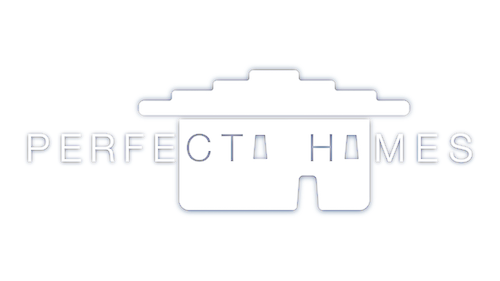Among the many types of inspections, a standard home inspection provides you with a detailed report on the home you’re hoping to buy, but it doesn’t tell you everything. This is why we are going to cover the Types of Inspections When Buying a Home.
Depending on the age, location and condition of the home you’re considering, you may need additional inspections. Radon testing, termite inspection, mold inspection and foundation inspection are among the most common of these specialized types of home inspections.
What is included in a home inspection?
Home inspectors typically conduct a visual inspection of all parts of the property that are readily accessible. That leaves out anything that’s not easily viewed (or even visible), like some types of pest infestation, as well as any areas that are hard to safely reach (think wells and chimney interiors).
Parts of the home that are commonly included in a home inspection:
- Structural components (floors, walls, ceilings, stairs).
- Exterior components (siding, attached decks, porches).
- Roof.
- Plumbing.
- Heating and air conditioning.
- Major appliances.
- Ventilation.
- Insulation.
- Fireplaces and wood stoves.
- Windows and doors.
Wood-destroying organism (WDO) or Termite Inspection
More commonly called a termite inspection, a wood-destroying organism inspection ensures your future home doesn’t already have six-legged tenants. Termites, wood-boring beetles and carpenter ants are among the most concerning culprits, though WDO inspectors will also look for dry rot caused by fungi.
Many states require a WDO inspection to close on a home, and even outside those states, cities or counties may demand one. If you’re using a VA loan or a WDO inspection may be required regardless of location.
During a WDO inspection, the inspector will look for signs of active infestation (shed termite wings), signs of past infestation (soft wood) and potential trouble spots (crevices or gaps that could let in pests). You’ll get a report with detailed findings, as well as suggestions for addressing any issues that come up.
Mold Inspection
The EPA’s recommendation about mold testing is essentially if you see mold, you’ve got mold — and you might need to go straight to remediation. But if you’re concerned about what you can’t see (or smell), a home mold inspection may be in order.
A mold inspector uses a moisture meter to detect dampness in drywall, insulation and other building materials. They may also take air samples from inside and outside the home.
Foundation Inspection
A home inspector will look at the house’s foundation and note potential issues like drainage problems, nearby tree roots, cracks or other indications of movement. If anything looks worrisome, the inspector may suggest having the property examined by a residential structural engineer.
Radon Testing
Radon is an odorless, colorless gas that results from the gradual breakdown of radioactive elements in the Earth. It is released from well water, building materials and soil, and can enter your home through cracks. The Environmental Protection Agency (EPA) and the surgeon general’s office estimate that, after smoking, radon exposure is the second-leading cause of lung cancer in the U.S. And it’s everywhere — according to the EPA, roughly 1 in 15 homes has an elevated radon level.
Perfecto Homes
When you work with our team, you can be sure that our agents will make sure that your home will go through all of the inspections necessary for the transaction. This will ensure your new home is safe, for both yourself and your family. Contact one of our agents today!

